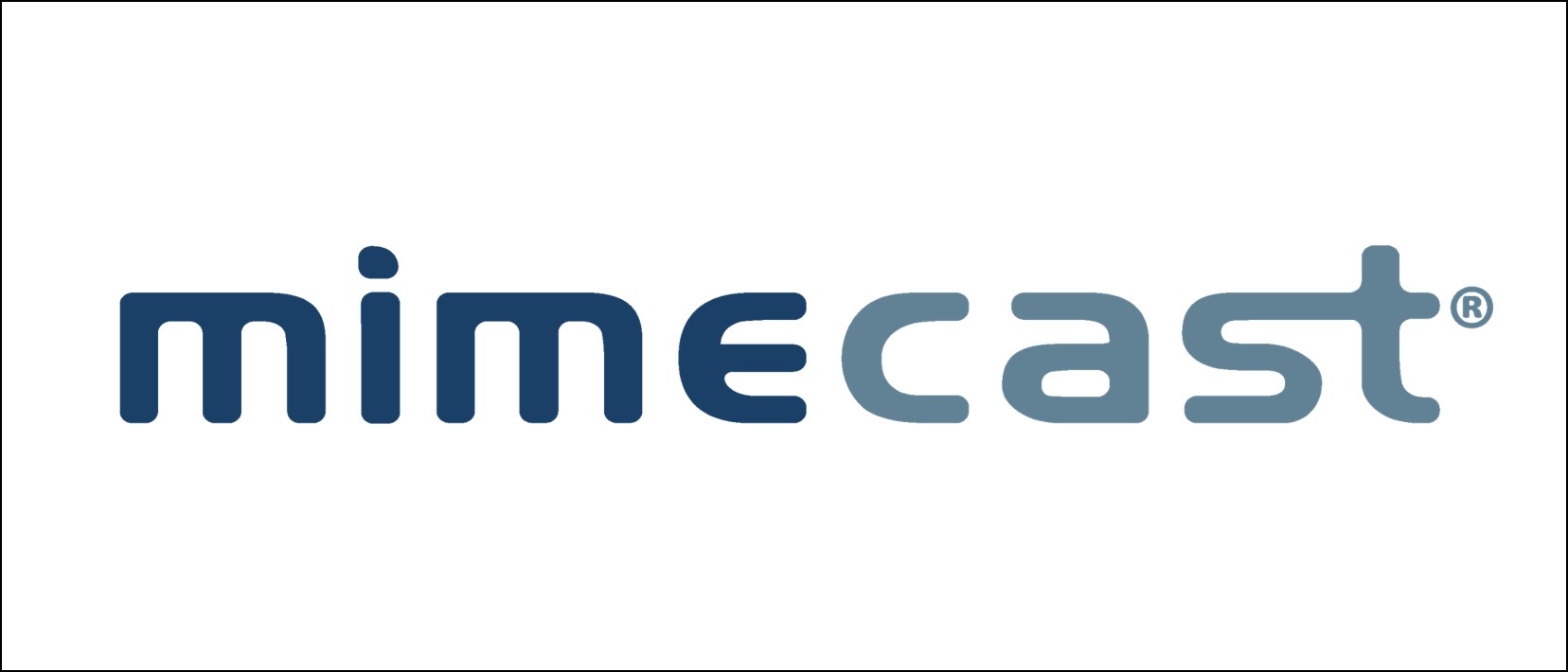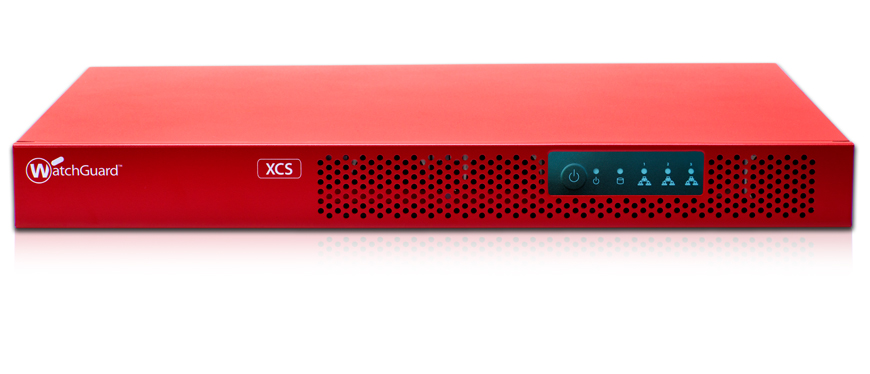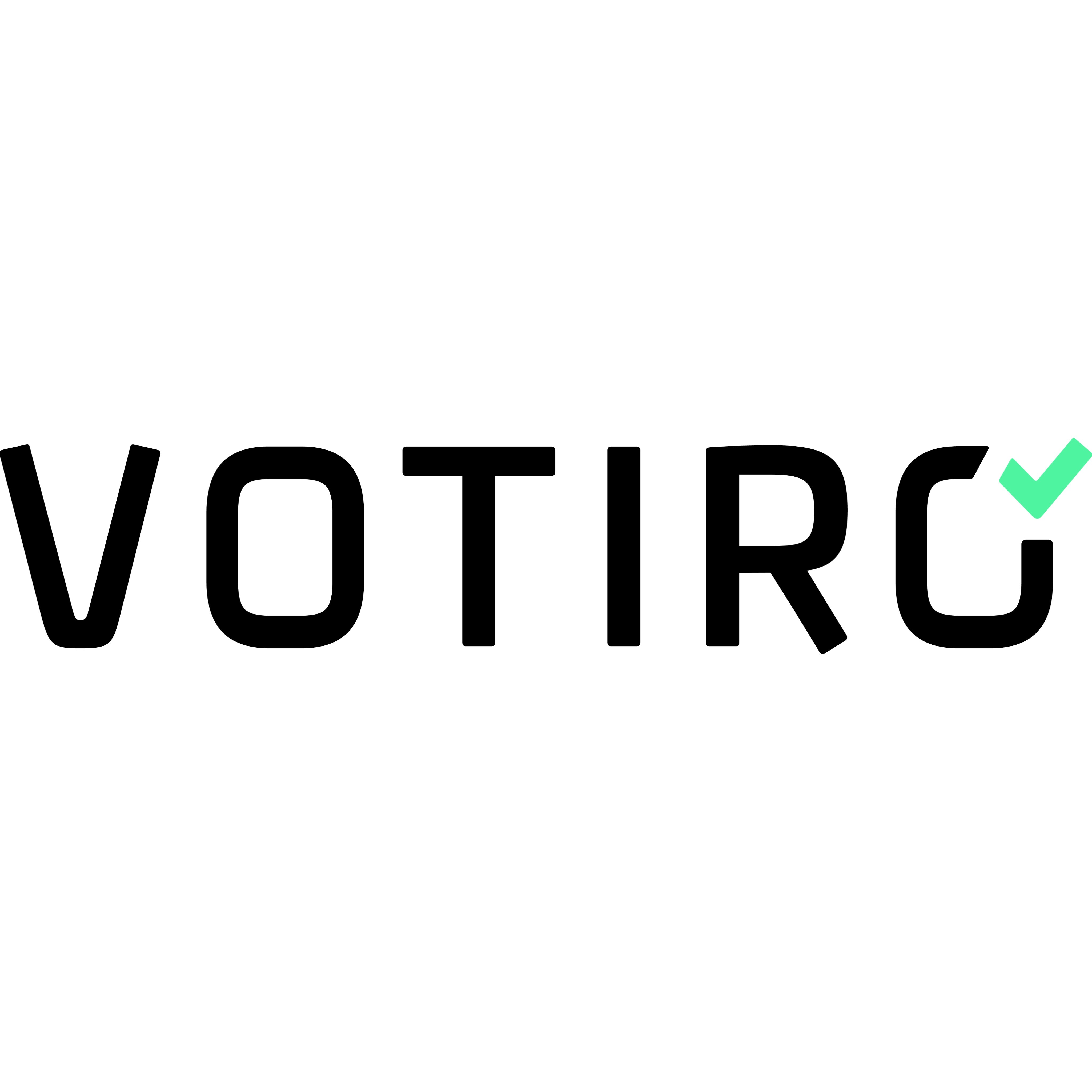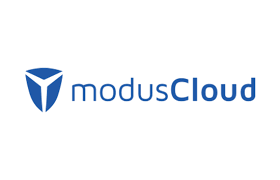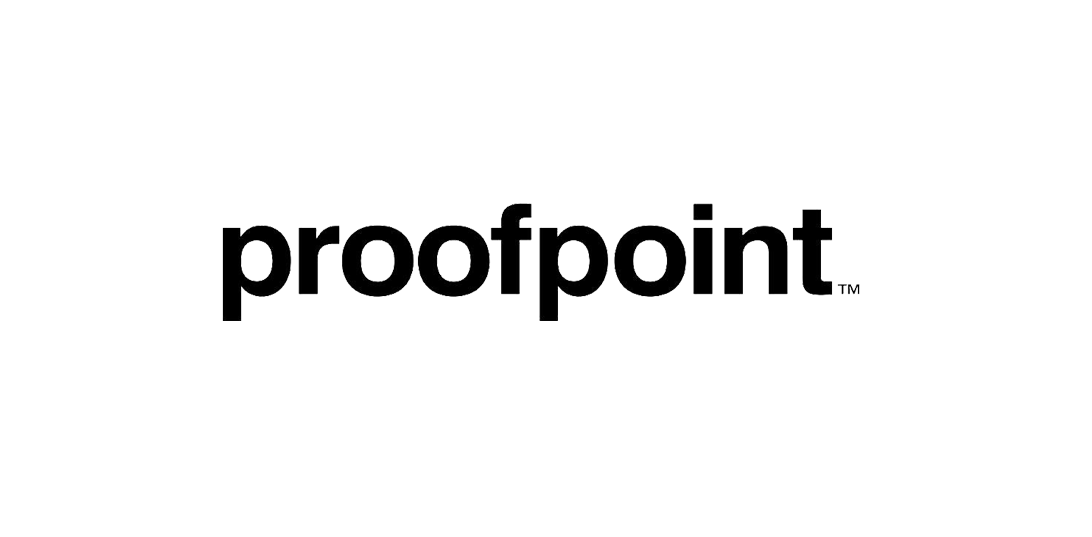
Problems that solves
Risk or Leaks of confidential information
Malware infection via Internet, email, storage devices
Risk of attacks by hackers
Risk of data loss or damage
Risk of lost access to data and IT systems
Non-compliant with IT security requirements
Customer fraud
Values
Reduce Costs
Ensure Security and Business Continuity
Sendio Email Security Gateway
Sendio Email Security Gateway’s behavioral system eliminates spam at the head of the security stack, greatly reducing the strain on network resources.
Description
If dealing with spam has become a full-time job then it’s time to reclaim your inbox with Sendio’s Email Security Gateway. Relying on a system of malware flters and reputation scoring technologies over content fltering, Sendio allows you to eliminate the spam from your inbox without the headache of false positives and lost mail. If you’re looking for a safe, secure and spotless inbox, we can help. With our exclusive Server Recon technology and a suite of best-of-breed security tools, our Email Security Gateway will make sure that you’re getting the email that’s important to you, and nothing else.
Server Recon
Our “SMTP-layer Challenge Response Technology” is not a form of content fltering. Instead, our Server Recon technology is a real time representation of a server’s response. Server Recon develops a reputation score on the fly and will re-score the server every 30 days to make sure the score is up to date.
IP Reputation
IP Reputation flters are a better way of understanding an email than content checks as there are more important criteria when checking for spam than whether an email “looks like spam.” When coupled with our Server Recon technology, our IP reputation check provides a powerful flter that stops the vast majority of SPAM in its tracks.
Anti-Virus Protection
Sendio utilizes multiple AV technologies to inspect email for malicious content. Defnitionbased and Pattern Matching AV engines block known threats and zero-day threats.
Hardened Linux OS Kernel
Our Appliance, whether virtual or physical, is based on a hardened Linux operating system that has been stripped down to remove functionality not required in a security product, and locked down to ensure that the OS isn’t vulnerable to security threats.
TLS Encryption
Our encryption is server-to-server, which means that every message you send is safe from the moment it leaves our server to moment it’s delivered to the recipient’s email server.
Email Spooling
If your servers go down, emails will often be hard-bounced and never resent. We spool your emails for up to 28 days, double the time our competitors do, to make sure your emails are there when you come back online. Whether you’re experiencing a server emergency or routine maintenance, we’ll make sure you get every message you need.
Continuity
Continuity is your actual ability to view the spooled email. We’ll make sure that you have access to your emails for one month after they’re sent. The time these emails are held for can also be modifed or even done away with completely for our customers with compliancy issues.
Anti-Spoofng
Utilizing SPF and DKIM, Sendio verifes the host server against expectedIP range and validates domain name identity.
User Benefts:
Remove Spam and Malicious Messages. Virtually eliminates the bulk messages, spam mail and threat of email-borne malware without our multiple tiers of security. Our Email Security Gateway will keep you safe and eliminate the hundreds of spam messages that flood your inbox every day.
Zero Impact. Our Email Security Gateway represents a zero impact challenge response system. Meaning that you get the security of a challenge response system with no impact to either you or the sender. Because this system is machine to machine, it’s completely invisible to both parties.
Disaster Recovery. Your email is always safe, even if your server goes down, giving you peace of mind and, more importantly, email continuity.
Minimized Content Filtering Eliminates False Positives. By not relying heavily on content fltering, we have eliminated the possibility of false positives. Our exclusive, multi-tiered security solution combines several different flters together, giving you the power of a content fltered spam solution without the worry of false positives.
Fully Upgradable. Choose to add Opt-Inbox, Sendio’s flagship solution at any time. Upgrade in just a few minutes and you’ll have the most comprehensive and accurate messaging security and productivity solution available today.
For many companies, the nearly 200 spam received every day can cost countless employee hours. Too many email users are wasting hours every day, sifting through mountains of spam and junk mail just to make sure that real conversations aren’t lost. Unfortunately content flters can cause important emails to go unnoticed, and no flter at all can open your business up to phishing attempts, malware and email-borne viruses.
At Sendio, our Email Security Gateway uses a powerful combination of minimal content fltering, IP reputation and our proprietary Server Recon technology to ensure that your inbox isn’t flled up with junk and malicious mail. By not relying heavily on content fltering, we have eliminated the possibility of false positives. Meaning that we’ll block the spam and malicious mail, without ever losing an important email of yours.
